How to get rid of bugs from houseplant soil naturally – in easy 4 steps
Experts offer their advice on how to get rid of bugs from houseplant soil naturally in only four easy steps
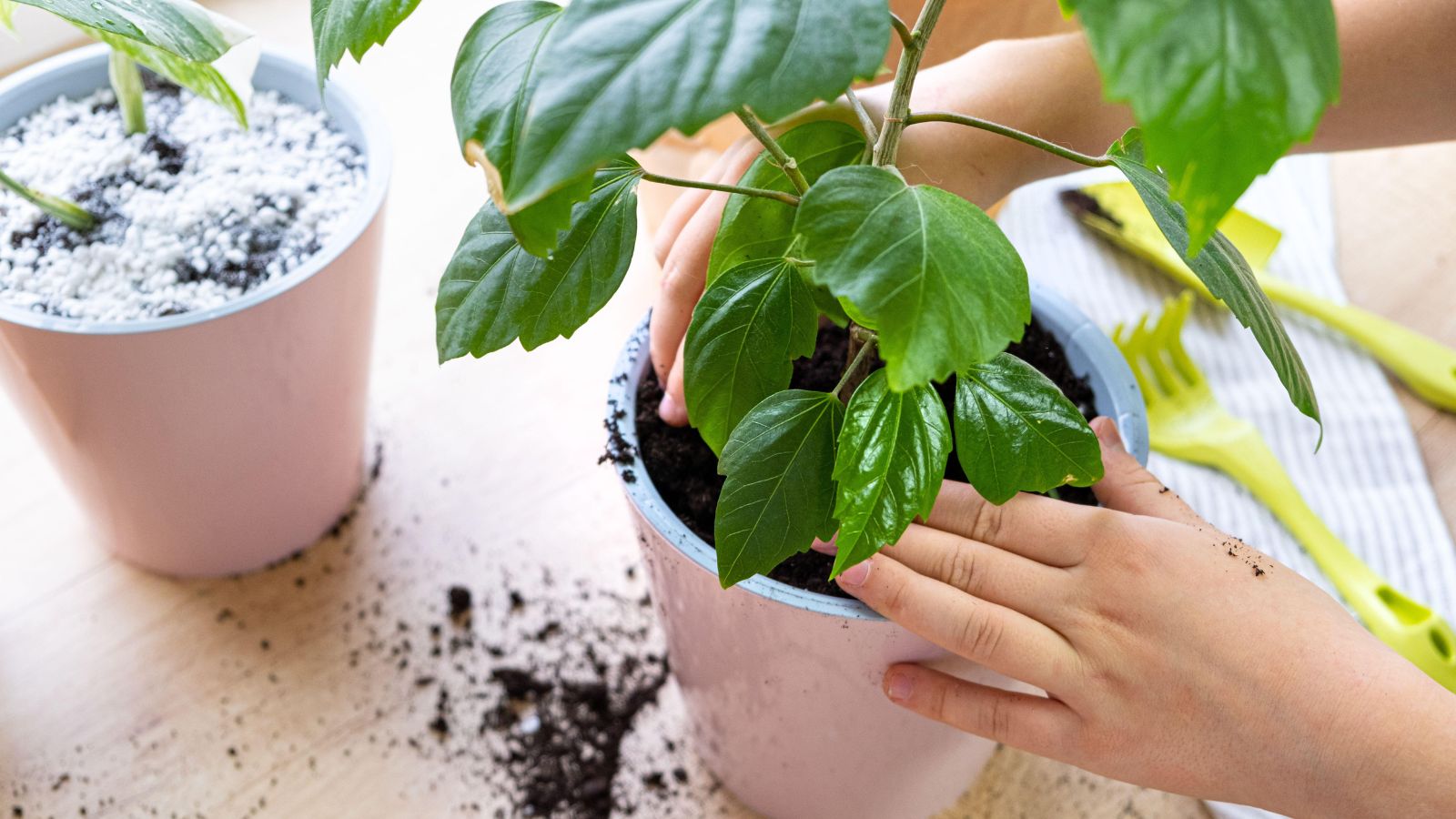

All houseplants are susceptible to pests, however, bugs that find a home in your houseplant’s soil can be hard to spot and could be tricky to remove.
Unlike some common houseplant pests that tend to be found on your plant itself, bugs that burry into houseplant soil can go unnoticed for a long period. 'When it comes to houseplants, bugs and other unwanted pests are one of their biggest threats if left untreated, chewing through the leaves, roots, and even stealing precious nutrients from the soil,' explains Tom Hilston, indoor gardening expert at National Greenhouse. 'Aphids, fungus gnats, spider mites, and whiteflies are just some of the most common of these critters, all of which can cause some serious damage.' The remedy for bugs in houseplant soil, however, is multifaceted and should work for most types of bugs.
Here, experts have offered their advice for removing these pests so that you can go on decorating with plants without the fear of uncontrollable infestations.
How to get rid of bugs from houseplant soil naturally
Even the best indoor plants can be prone to infestation, but there are ways to remove these pests naturally without using harsh chemicals that could harm your plants or members of your household.
It is a good idea to regularly check your houseplants for infestations, even if they are classed as low-maintenance houseplants, as spotting bugs early can save you a lot of time and energy in the long run. It is particularly important to check your houseplants for bugs in the colder months as the conditions are often just right for pests to thrive indoors. Learning how to care for house plants in winter is essential for a thriving greenery collection.
To check for bugs in your houseplant soil, pay close attention to the surface of the soil when watering. Often, when a soil infestation is present, small bugs will come to the surface of the pot as you water it.
'All pests have some indicator of being present,' Tom continues. 'Fungus gnats, for example, will scatter if the plant is shaken, easily revealing an infestation. Spider mites are trickier to spot, only really being visible if you transfer some soil to a piece of kitchen paper, while aphids and whiteflies are clearly visible on the plant and soil itself. It’s vital to keep a close eye on all of your plant-based pals for early signs of infestation, as it’ll be far easier to remove them before they take proper hold.'
1. Water with a hydrogen peroxide solution
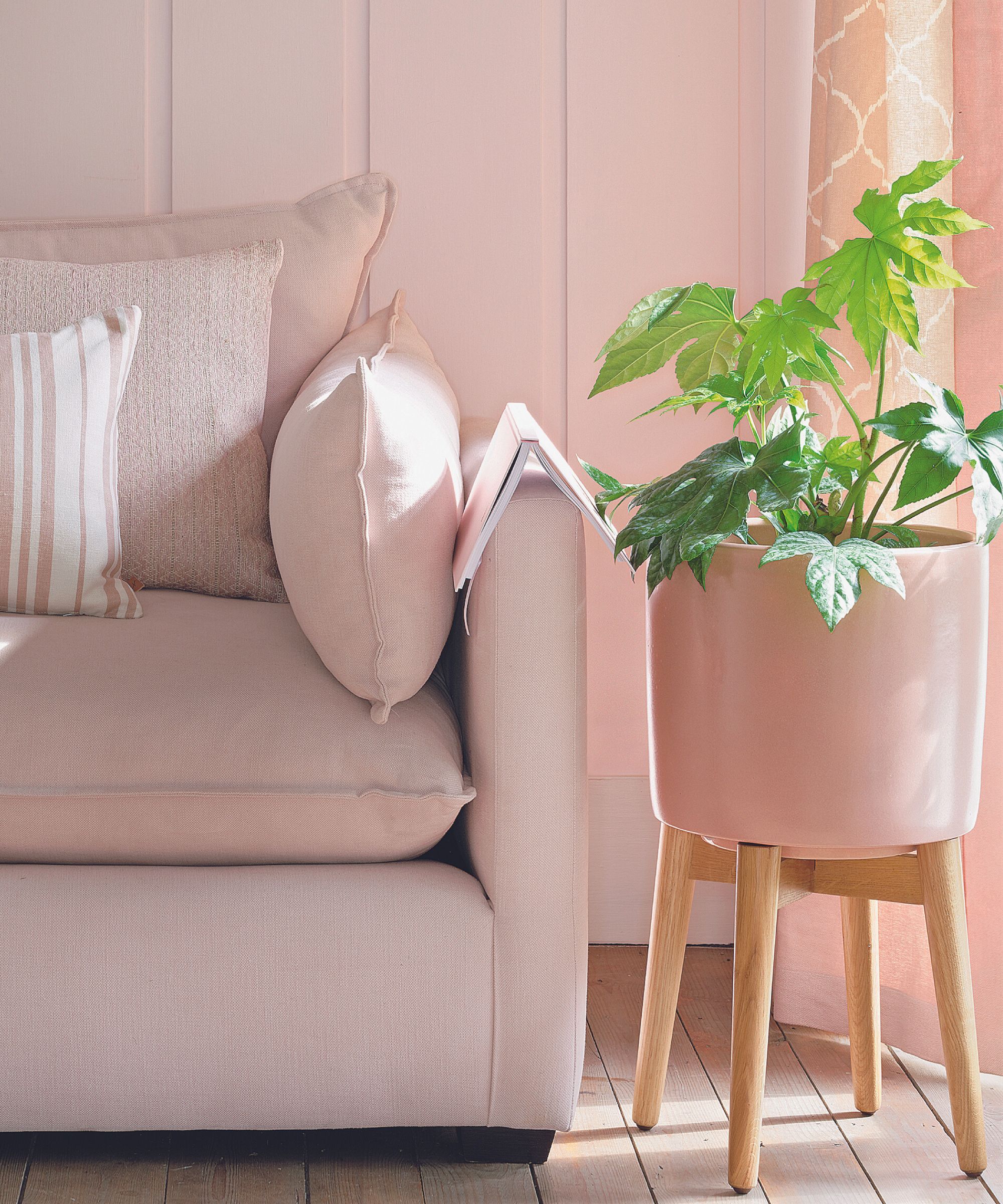
Hydrogen peroxide is a mild antiseptic and a great disinfectant that is safe for a variety of household uses. When mixed with water to create a solution, the mixture can kill bacteria, fungi, viruses, and pests.
To use hydrogen peroxide on your plants, combine three parts water with one part 3% hydrogen peroxide. Not only will the disinfectant properties of the hydrogen peroxide kill any bugs and their larvae, but also add oxygen to the soil to promote healthy root growth. You can also use this solution in spray form to treat bugs that have migrated to your plant's leaves. It is not recommended to use a hydrogen peroxide solution that is higher than 10% as this can kill or otherwise damage your plants.
How often you should water your indoor plants is a common question and can depend on the type of houseplants that you have. When watering with hydrogen peroxide it is best to use the solution occasionally and water with plain water, or rainwater, in between to prevent causing damage to your plant's roots through over-exposure or over-oxygenating your soil.
2. Use diatomaceous earth
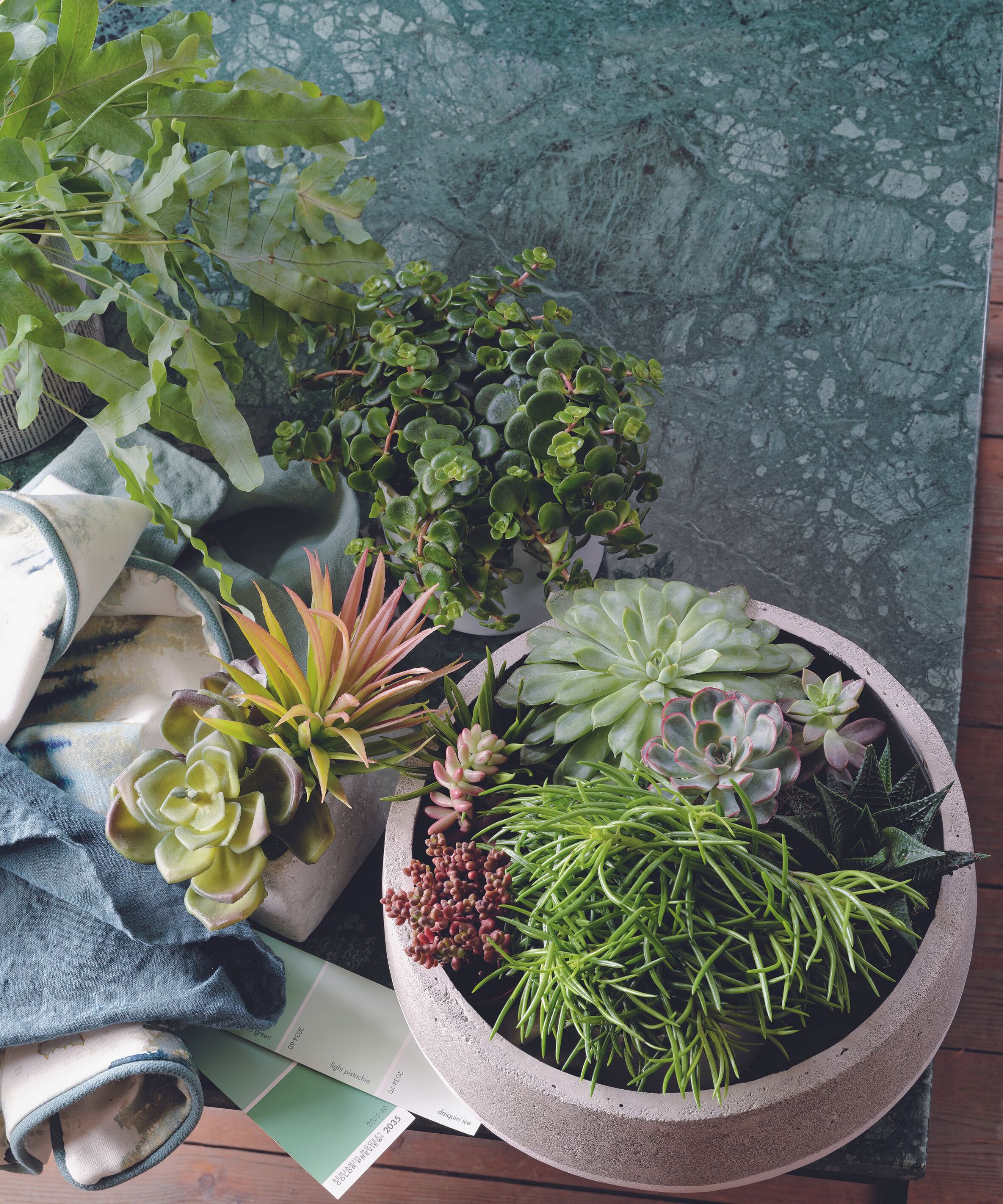
Diatomaceous earth is a finely ground powder made from fossilized algae. Although it might not sound like the most amazing addition to your houseplants, the substance can lacerate the shells of bugs and dry them out as well as allow water to flow through to the soil.
Layer a thin coverage of earth along the top of your houseplant soil as well as on the drainage tray to catch any bugs as they crawl or wash out of your houseplant pot. Using diatomaceous earth alongside the hydrogen peroxide solution is a great way to flush out an infestation.
3. Allow the soil to dry out
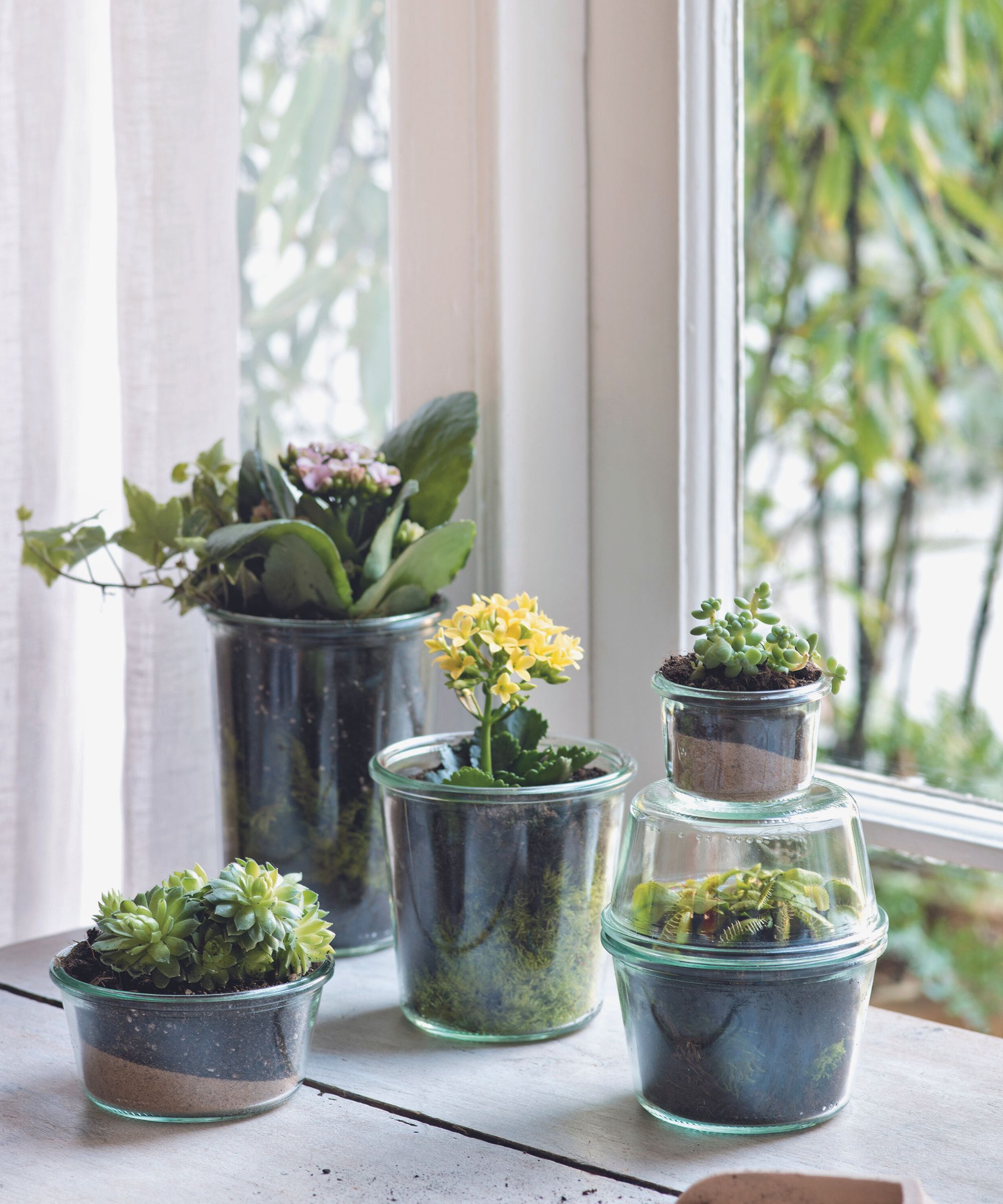
After flushing bugs out from your soil, it is a good idea to dry it out thoroughly to ensure your soil health. Placing the plant outside in the sun for short periods is a great way to do this, as well as holding off watering for a few days. Moist soil is the ideal location for larvae and eggs to thrive.
This is a great method of getting rid of pests such as gnats, explains Gardening-Guru at Miracle-Gro, Kate Turner. ‘Fungus gnats are tiny black scariad flies. They are usually more of a nuisance than a pest, although their larvae can damage seedlings. To avoid them, make sure your compost isn’t too wet as they love moist warm conditions. If your plants do attract gnats, allow the compost to fully dry out before watering and add very fine grit to the surface. You may have to re-pot your plant if they are persistent.’
4. Prevent the spread of houseplant soil bugs
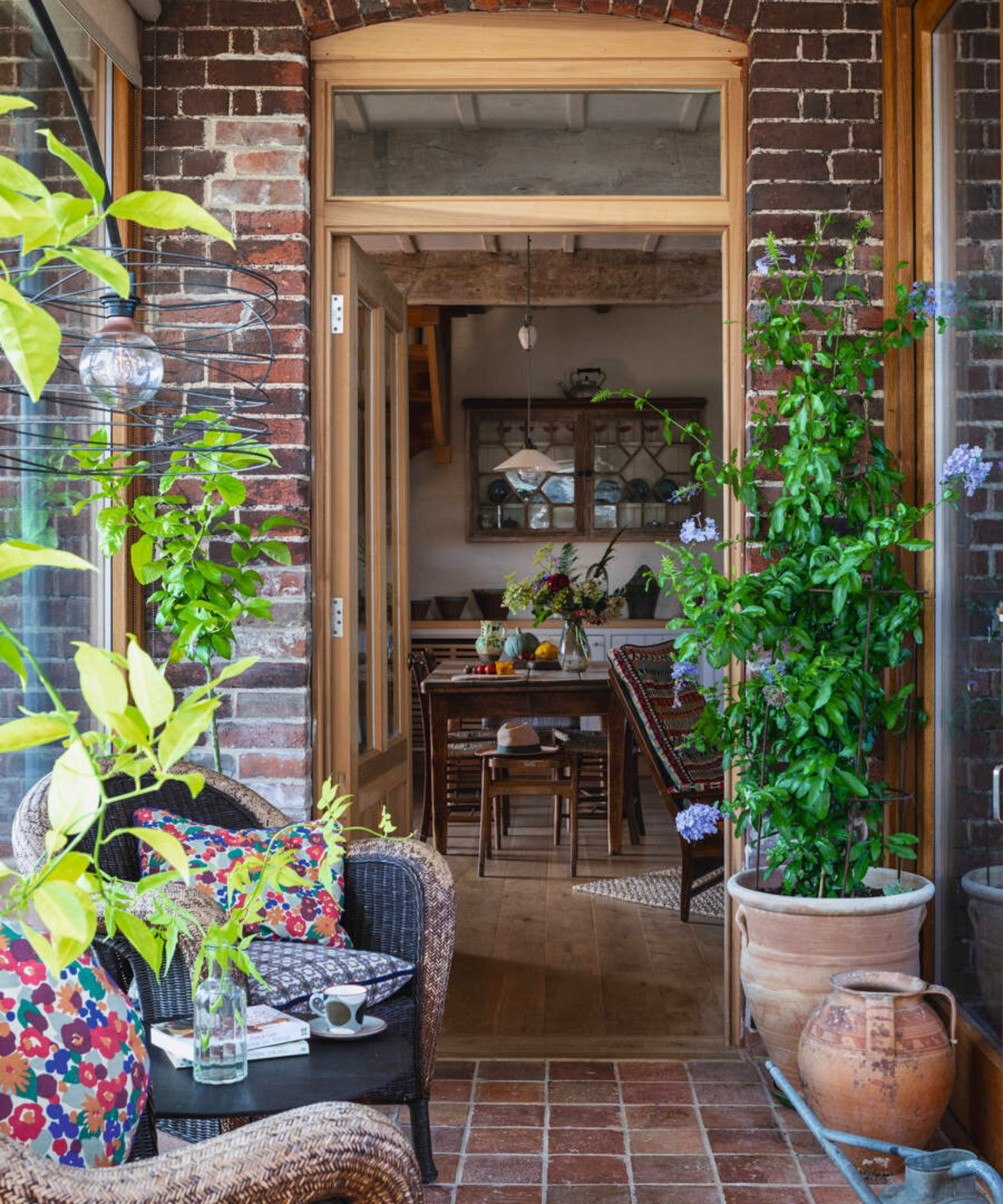
The best way to treat infestations is to prevent them in the first place. Isolating houseplants as soon as an infestation of bugs in the soil has been found is a great way to ensure that any escaping bugs do not make their way into neighboring pots. 'Neem oil is your best friend,' says Tom. 'This, mixed with water in a spray bottle, is a weapon of mass destruction as far as pests are concerned. Some quick spraying on the affected areas is recommended, as the mixture breaks down the outer layers of the insects.'
What’s more, moving the plants will allow you to thoroughly clean the area the infestation started, allowing you to catch any bugs that have fallen or left the pot before moving it.
Regularly using a nontoxic, organic pesticide such as neem oil on your plants can also prevent infestations from getting out of hand. Using organic pest control has a multitude of benefits over toxic pesticides such as maintaining the pet-friendly status of the best pet-friendly plants, or generally protecting the environment.
Why are there bugs in my plant soil?
There are a few reasons why your soil may have bugs. Indoor plants are just as prone to insects as outdoor plants and may even have worse infestations due to the lack of ‘good’ bugs such as ladybirds who typically remove pests such as aphids and leave your plants alone.
Bugs usually get into your home through open doors or windows, on new plant additions, through already infested potting soil, or on your clothes and shoes. Unfortunately, it is near impossible to prevent bugs from entering your home. Taking infestation prevention steps such as using homemade bug sprays and natural insecticides, as well as finding the right balance of water to give your plants to prevent moist soil, can all help prevent full-blown infestations.
How do you debug potting soil?
An alternative way to debug large amounts of potting soil at once is to submerge it completely in slightly warm water. Allow the soil to sit submerged for around 10 minutes to forcefully evict any bugs from the soil.
It is good to let this soil thoroughly dry out before watering it again.
Sign up to the Homes & Gardens newsletter
Design expertise in your inbox – from inspiring decorating ideas and beautiful celebrity homes to practical gardening advice and shopping round-ups.

Chiana has been at Homes & Gardens for two years and is our resident 'queen' of non-toxic living. She spends most of her time producing content for the Solved section of the website, helping readers get the most out of their homes through clever decluttering, cleaning, and tidying tips. She was named one of Fixr's top home improvement journalists in 2024.
-
 How to grow astilbe – expert advice on cultivating this shade-tolerant flowering perennial
How to grow astilbe – expert advice on cultivating this shade-tolerant flowering perennialShade-tolerant and pest-resistant - astilbe are hardy and tough perennials that can thrive in many settings
By Ellen Wells Published
-
 Vintage prints are making a comeback – designers say to look out for these 5 nostalgic patterns this year
Vintage prints are making a comeback – designers say to look out for these 5 nostalgic patterns this yearThese vintage-style patterns are all the rage right now, and we spoke with design experts to learn how best to style them in the home
By Eleanor Richardson Published